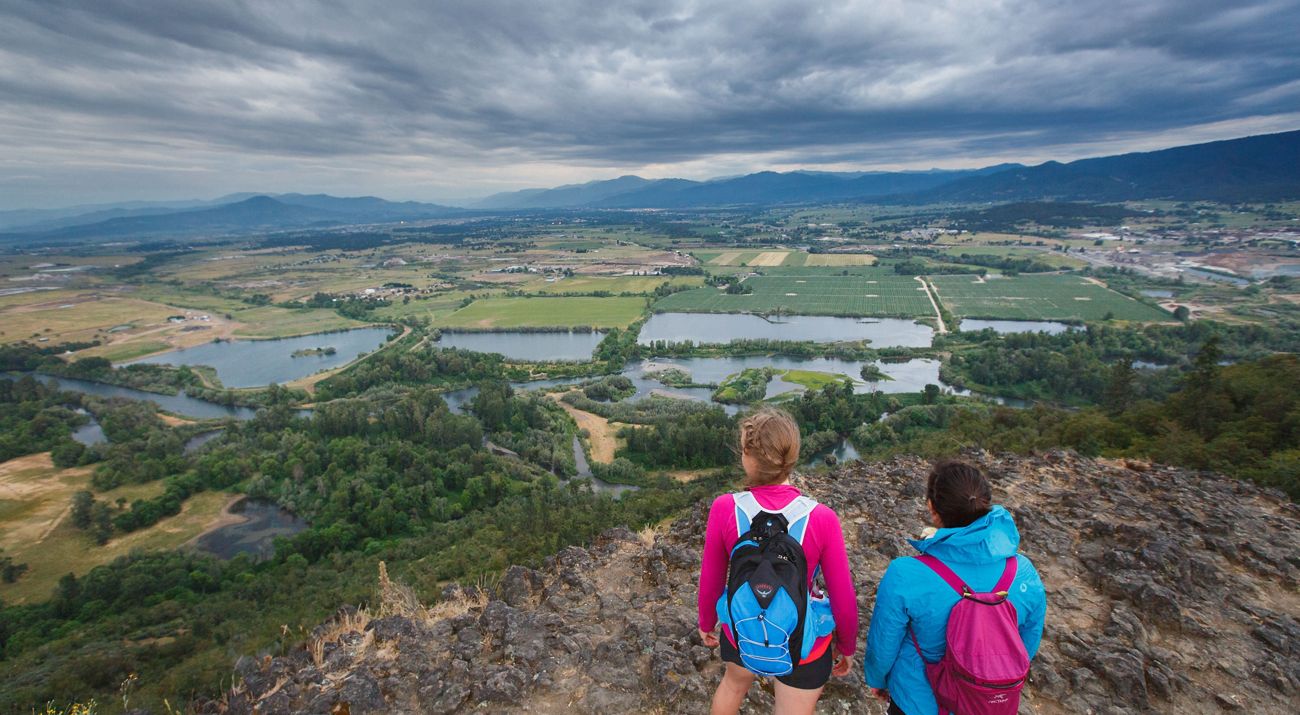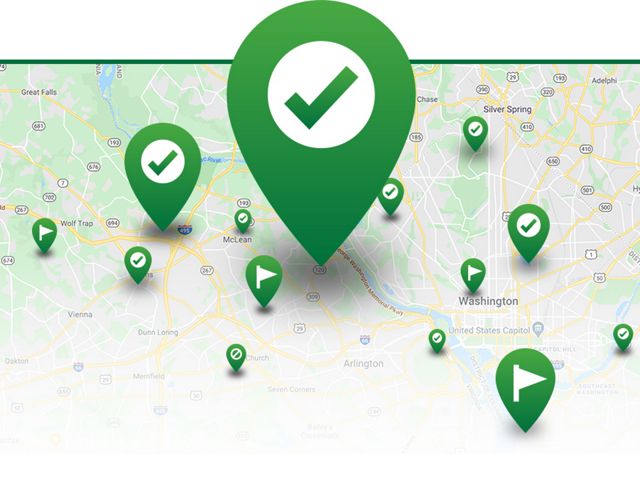Description
Effective April 1, 2021, this preserve is open to the public. Trails are narrow, so please observe social distancing guidelines and wear a mask whenever encountering other guests. This property is privately-owned and managed in order to protect the sensitive species that call it home. For this reason, we ask that you stay on marked trails and leave your dog at home. Use of unmanned aerial vehicles (UAVs or “drones”) is prohibited on or over the preserve.
We appreciate your help in protecting the landscape and respecting all those who enjoy it.
What Makes Table Rocks Special
Rising dramatically 800 feet above the Rogue River Valley, the Table Rocks are remnants of lava flows that filled the canyons of an ancient, meandering Rogue River over 7 million years ago. Atop these mesas is a mosaic of grassy mounds, stony flats and vernal, or seasonal, ponds.
The Table Rocks figure in Southwest Oregon history as prominent landmarks and gathering places for Native Americans and for settlers along the Oregon-California Trail.
What TNC Has Done/Is Doing
The Nature Conservancy bought land on Lower Table Rock over thirty years ago, creating our first preserve in the Rogue Valley. In 2008, we acquired an additional 1,710 acres, securing the last remaining private lands on both Upper and Lower Table Rocks. As a result, the Table Rocks are now owned and collaboratively managed by TNC and the Bureau of Land Management (BLM), which has designated its holdings as an Area of Critical Environmental Concern.
TNC and BLM scientists are controlling invasive species, evaluating altered fire cycles, and supporting recreational and cultural uses. Ecologists survey and monitor rare plant populations, non-native species, bats, butterflies and a variety of birds.
Volunteer teams plant native grasses and remove weeds, and the Table Rocks provide a popular outdoor classroom for thousands of school children who visit each year to learn about natural and cultural history.
In an emotional ceremony in 2011, the Confederated Tribes of the Grande Ronde, TNC and the BLM signed a Memorandum of Understanding. The agreement includes the Tribes in future planning and management of the Table Rocks natural area for the first time in more than a century.

